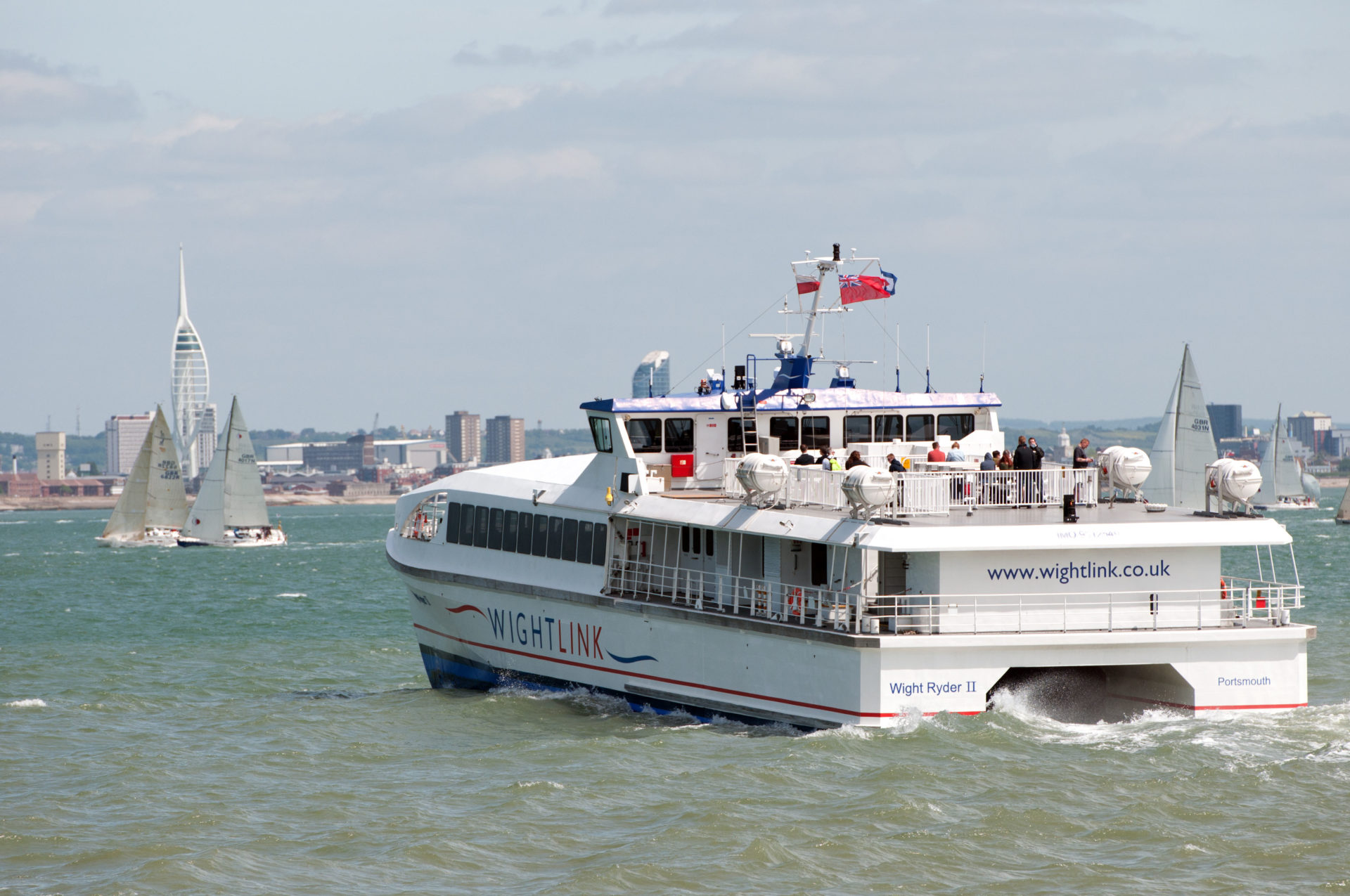In January this year, following minor issues with one of her rudders, Wightlink made the decision to remove Wight Ryder II from service in order to perform essential maintenance and replace the aging appendage.
The 520t high-speed vessel, which was built in 2009, transports vehicles and foot passengers on a daily basis, meaning improvements and repairs must be completed rapidly to ensure Wightlink’s careful resource and capacity planning is not affected, and impact on travellers is minimised.
With this in mind, CJR Propulsion was selected to design and manufacture the new rudder, with a window of
just two weeks to perform all the necessary work. CJR was chosen due to the company’s experience with large commercial vessels, its extensive knowledge of class approvals, and a reputation for being able to turnaround projects quickly, without impacting quality.
Once the brief and technical drawings had been received, instead of simply replicating the previous design,
CJR set about using its internal design teams to conceive an entirely new rudder – one that would be fully optimised to Wight Ryder II’s specific hull profile. Furthermore, as a commercial vessel carrying passengers daily, obtaining Lloyds’ approval was also essential – adding another dimension to the project.
“This project is the perfect example of our in-house capabilities,” commented Belinda Russell, CJR Director. “We have invested heavily in systems and tools, which many boatbuilders can’t even offer and for our customers that is a huge confidence booster. Likewise, our design approach, processes and advanced manufacturing tools make obtaining class approvals from the likes of Lloyds a far easier process– with everything documented inline with their requirements,” Belinda added.
Following the design and analysis, CJR set about manufacturing the rudder using bespoke 3D printing tools to create an accurate replica of the new design in three sections. Once assembled, the plastic rudder was then used to create a female mould, using a mix of fine sand and resin, into which molten aluminium-bronze was poured to form the rudder. Lastly, a programmable robotic finishing tool was used to guarantee that the final product matched the original design specification to within a one- millimetre tolerance.
Commenting on CJR’s performance, Route Superintendent for Wightlink, Ben Phillips, concluded: “I would like to say many thanks to everyone at CJR for fabricating the rudder in a short time, knowing how urgent it was for us with the vessel out of action. The service we received was second to none and the rudder fitted perfectly when installed. This was not a straight forward project and there were a number of challenges to overcome but CJR managed to take all this in its stride and deliver in just two weeks. Overall, a job well done and I will not hesitate to use CJR’s services again in the future.”
